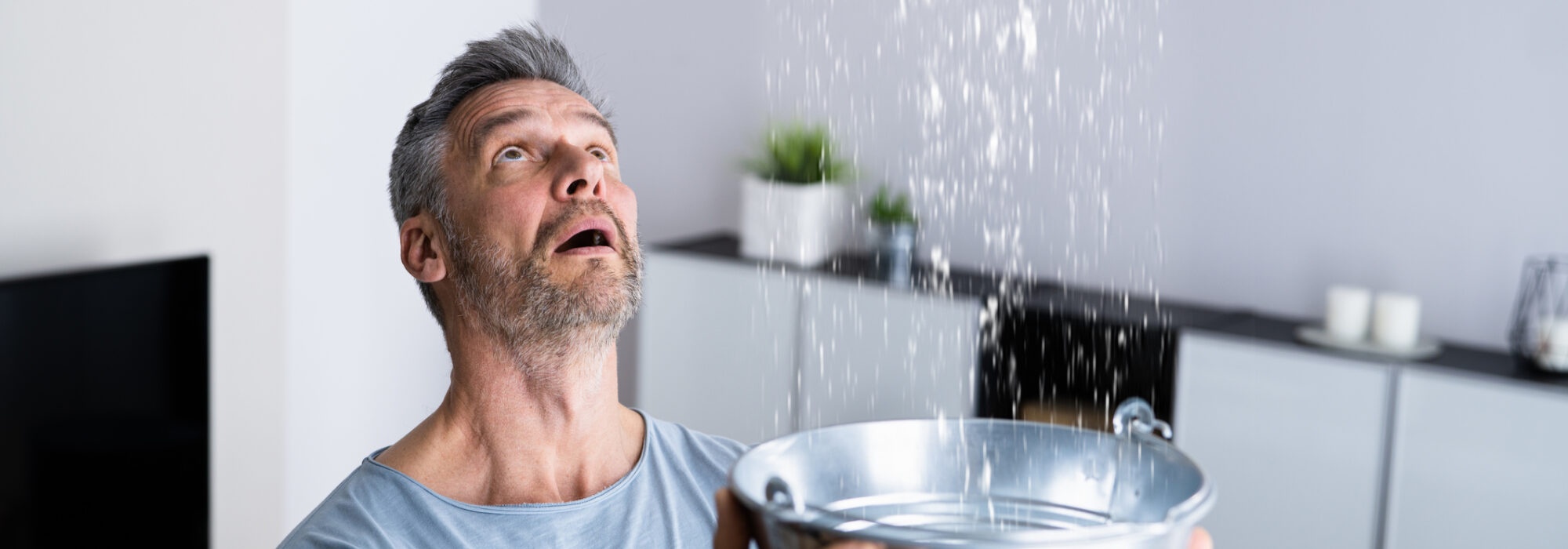
3 strategies to help prevent water and moisture damage to hearing aids
Water is everywhere and it’s important that your clients’ hearing aids are protected. Here are tips on how your clients can avoid water and moisture damage.
Water is essential to LIFE as we know it!
Planet Earth is mostly covered by it, it’s in the air all around us (in the form of humidity), and we even sweat out some of the average ~60% that makes up our body weight1 to help us regulate our body temperature.2
Further, water and moisture also feature during a range of leisure activities, such as going to the beach, sailing, kayaking, and working out at the gym. Moisture that accumulates inside hearing aids (see Fig 1A) can cause intermittency, distortion and reduced gain (especially in the higher frequencies), leading to reduced performance.3
Over time, repeated exposure to water/moisture can cause corrosion damage to the delicate micro-electronic components within hearing aids, requiring repair/servicing (see Fig 1C).

Consistent with the observation from Chalupper and colleagues that “Damage from moisture is one of the leading reasons for hearing aid repair”,4 the vast majority of non-warranty related hearing aids repairs we see in our service department are due to either wax/debris/moisture.
This perennial issue has prompted a range of management approaches and solutions to be developed to prevent water/moisture damage to hearing aids.
1. Traditional management approach – Prevention is better than cure!
It’s certainly a familiar adage and forms the basis of traditional advice to avoid/minimize hearing aid use when around water. However, this doesn’t protect against accidental exposure, such as forgetting to take them off in the shower. Or living in humid climates.
And try telling this to young kids so reliant on our technology for speech and learning development. Further, hearing well around water can be important, for example when out walking/running around traffic in the rain or in the pool during aqua-aerobic classes etc.
A recent survey of people with hearing loss showed that 52% of hearing aid wearers were anxious about wearing hearing aids during water activities (and this anxiety was even higher for those yet to purchase, sitting at around 68%!).5
So what technologies are now available to help support hearing aid use when around water/moisture?
2. Dry it off!
A common approach to prevent moisture damage to hearing aids is to utilize a dry system for overnight storage. There are a variety of systems, starting with a simple pottle and desiccant crystal capsule that passively draws out moisture from the aid when it is placed in the pottle overnight (Fig 2A).
These tend to be less effective than their active counterparts, which have fans and/or heating to circulate dry air through the hearing aids. Some of these systems also employ a UV light to help prevent microbial build up,3 which can cause irritation of the ear (and indeed, create a more humid environment through their presence).

How well do they work?
One 4-year study investigating the benefits of patients using an active dry system showed that patients who used a moving, warm-air drying system averaged a repair every 27.2 months, compared to every 9.7 months on average for those patients who did not. 3
A more recent study2 investigated the impact of using vacuum chamber technology, which, by developing a vacuum, achieves water vaporization at a far lower temperature. A humidity sensor was also employed to determine when sufficient moisture has exited the hearing aid into the chamber. Results showed that around 77% of aids that were exposed to moisture and then run through the cycle showed improved performance.
3. Cover it up!
Another technique is to try to prevent the water entering and damaging hearing aids in the first place. Physical covers, such as Ear Gear, placed over the hearing aid may help protect the hearing aids from transient/splash exposure to water/moisture.
Advanced Bionics developed AquaCase for the Naida CI Q speech processor that, when used with an Aqua-headpiece, renders the device waterproof.6
And, for your clients who don’t want to worry around water…
Phonak recently launched Audéo Life, the world’s first rechargeable waterproof* hearing aid. In my next blog article, I will share how this hearing aid sets a new standard when it comes to water protection.
*Hearing aid waterproof up to 0.5 meters during warranty period. Water can still enter the receiver sound spout, so users should avoid submerging this part in water, and the use of an active dry system continues to be a good line of defense to help prevent moisture build up in this part. Regular cleaning of wax and debris from the sound spout is also recommended to help maintain optimal performance. Receivers are a consumable part, like car tires, and will require replacing from time to time throughout the life of the hearing aid.
References:
- Medical News Today (2020) – What is the average percentage of water in the human body? Retrieved from https://www.medicalnewstoday.com/articles/what-percentage-of-the-human-body-is-water. Accessed June 28, 2022.
- Hay, M. E.& Zielinski, R. Q. (2022) Moisture in hearing instruments: Problematic, prevalent and professionally preventable. The Hearing Journal, March 2022, 20-24.
- Richards, D. & Martin, R. L. (2006) For healthier hearing aid and happier patients, use a warm-air drying system. The Hearing Journal, Vol. 59(2), 44.
- Chalupper J, Flores A 2011 Beneath the surface: Understanding the terms “water resistant” and “waterproof.” The Hearing Review, Vol. 18, 56-61.
- Taphuntsang, D. (2020). Market research ID 4398. Please contact marketinsight@phonak.com if you are interested in further information.
- Advanced Bionics AquaCase. Retrieved from https://www.advancedbionics.com/us/en/home/solutions/accessories/aquacase.html. Accessed June 28, 2022.
